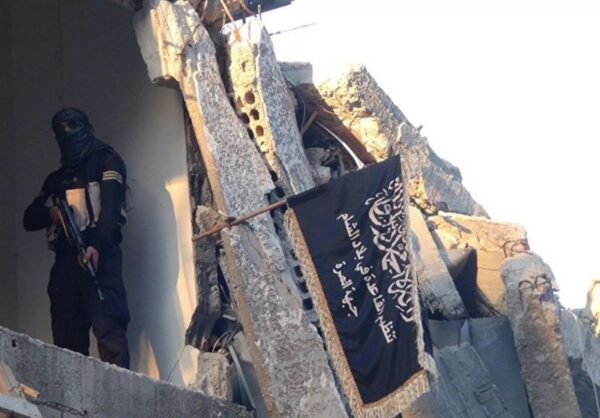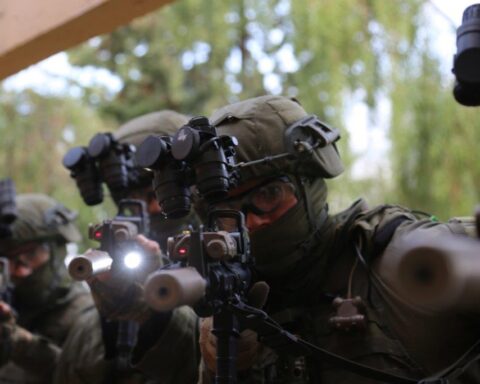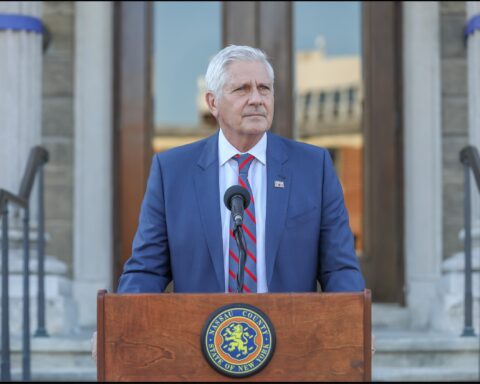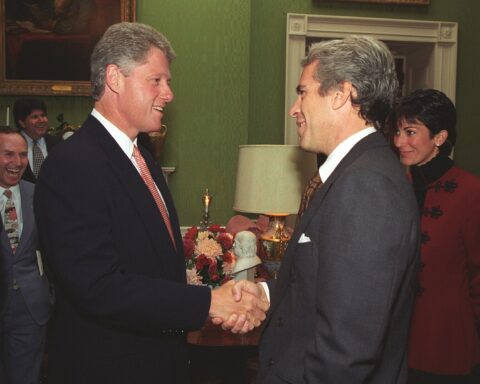In the wake of the fall of former Syrian Leader Bashar Al Assad, ISIS is now reportedly on the march again.
Last year, Islamic State militants had already reemerged in certain regions of Syria and Iraq. Subsequently, in December, the Assad administration collapsed, allowing them to acquire new weapons from the Syrian army’s abandoned stocks.
After half a decade since U.S.-led forces broke its hold on swaths of territory and millions of people, the group that once terrorized the Middle East and inspired attacks elsewhere in the world is seeking to exploit Syria’s uncertain future to reestablish its influence.
A U.S. Army veteran in a pickup truck adorned with an Islamic State flag drove through a multitude of people in New Orleans early on New Year’s Day, resulting in the deaths of 15 and the injuries of 30.
The incident was classified as a terrorist attack by authorities. Analysts have cautioned against lone-wolf incidents and copycat attacks, although it was unclear whether the assailant had any connections to the group.
Until recently, the conflict against the surviving elements of Islamic State was conducted in the shadows. Hundreds of U.S. Special Forces, who were stationed in Syria’s hinterlands, collaborated with Kurdish militias to conduct airstrikes and assaults.
According to military analysts, the United States has since intensified its attacks, including in regions where the airspace was previously under the control of the government of Bashar al-Assad and its Russian allies.
According to the United States, 75 Islamic State targets were struck by dozens of B-52 bombers and F-15 warplanes on Dec. 8, hours after the Assad regime collapsed.
A week later, the United States announced that it had conducted an additional airstrike that resulted in the deaths of at least twelve militants.
It announced the death of two additional Islamic State operatives, one of whom was a senior leader, three days later.
France deployed Rafale aircraft fighters and a Reaper drone against two targets in Syria on Sunday, which French officials claimed were associated with Islamic State.
The efficacy of periodic bombings is a matter of concern in light of the rapidly evolving regional landscape.
The Kurdish groups that have been instrumental in the struggle against and containment of Islamic State, as well as the containment of its fighters, are currently facing increased pressure from groups that are supported by Turkey.
The Turkish government regards the Kurdish groups as terrorists and is currently pursuing its interests in the country, which is currently under the authority of Hayat Tahrir al-Sham, an Islamist group that previously had connections to al Qaeda and Islamic State, but have since renounced these.
The apprehensions are precipitated by a substantial increase in Islamic State activity.
The group is reportedly training new recruits and mustering forces in the Syrian desert in the hopes of reviving its goal of ruling a new Islamist empire, according to U.S. and Kurdish officers who expressed this sentiment over the summer.
The pace of attacks in Syria and Iraq was accelerated by fighters last year, who targeted checkpoints, detonated vehicle bombs, and maneuvered to free their imprisoned comrades.
The Islamic State, a Sunni Muslim organization, was formed from the al Qaeda branch that engaged in combat with American and coalition forces following the U.S.-led invasion of Iraq in 2003.
The Arab Spring was causing political and military instability in the Middle East, prompting the United States to withdraw from the country in 2011.
In 2014, Islamic State capitalized on this opportunity and seized approximately 38,000 square miles of territory in Syria and Iraq, an area that is slightly smaller than Virginia. They subsequently proclaimed the territory a caliphate, which governed over 12 million individuals.
[READ MORE: 10 Confirmed Dead in Brutal New Orleans Terror Attack on New Years Eve]
















